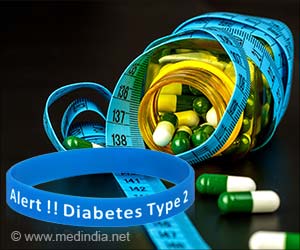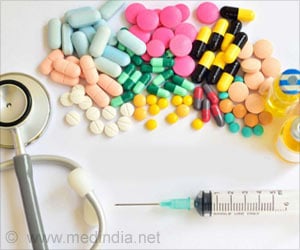The majority of cancer drugs currently on the market are not specific, which leads to the many common side effects associated with cancer chemotherapy. The common approach of all chemotherapy is to decrease the growth rate (cell division) of the cancer cells, but the side effects are seen in bodily systems that naturally have a rapid turnover of cells including skin, hair, gastrointestinal, and bone marrow. These healthy, normal cells, also end up damaged by the chemotherapy program.
To overcome this problem, Dutch researcher Cristianne Rijcken, formulated a nanoparticles which can enclose the anti-cancer drug into it and thereby act as a carrier.The spherical structures can encapsulate various fat-soluble medicines. These nanoballs are highly promising carriers for the controlled release of anticancer drugs.
Anticancer drugs sometimes have very harmful side effects because they do not distinguish between tumours and healthy tissue.
However by encapsulating these drugs in nanoparticles, they can be more frequently delivered to the right tissue.
Since the nanoparticles are biodegradable by nature, the drug is only released once the particles break down, and this breakdown period can be adjusted by using different components for the nanostructures.
The researcher has revealed that the nanoparticles consist of polyethylene glycol (PEG) chains that are attached to recently developed components—lactic acid derivatives of polymethacrylamides. The new chains possess the unique combined property of biodegradability and heat sensitivity.
Advertisement
The properties and life span of the compact spherical nanoparticles, smaller than 100 nanometres, can be completely controlled by changing the components.
Advertisement
Rijcken says that the stabilised nanoballs accumulated to a larger extent in the tumours of tumour-carrying mice than traditional micelles.
The new nanostructures exhibited no side effects and are completely biodegradable, whereas the current products with anticancer drugs often also contain other toxic ingredients, she adds.
Rijcken says that further research is needed to determine the blood circulation and tumour accumulation of drug-containing micelles.
According to her, the development of new components as building blocks for the nanoparticles will allow an even more accurate regulation of the specificity and drug release.
Source-ANI
VEN /J







